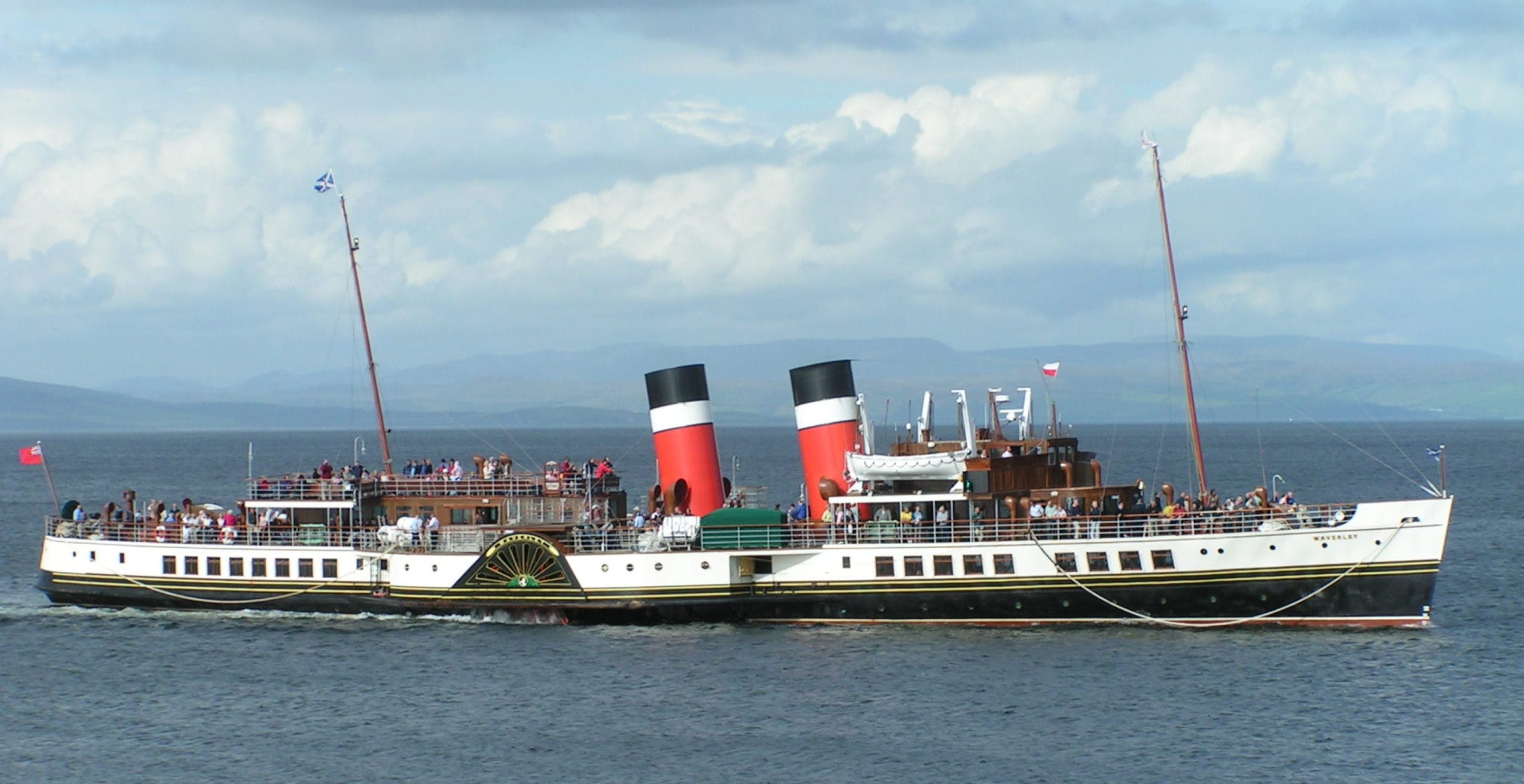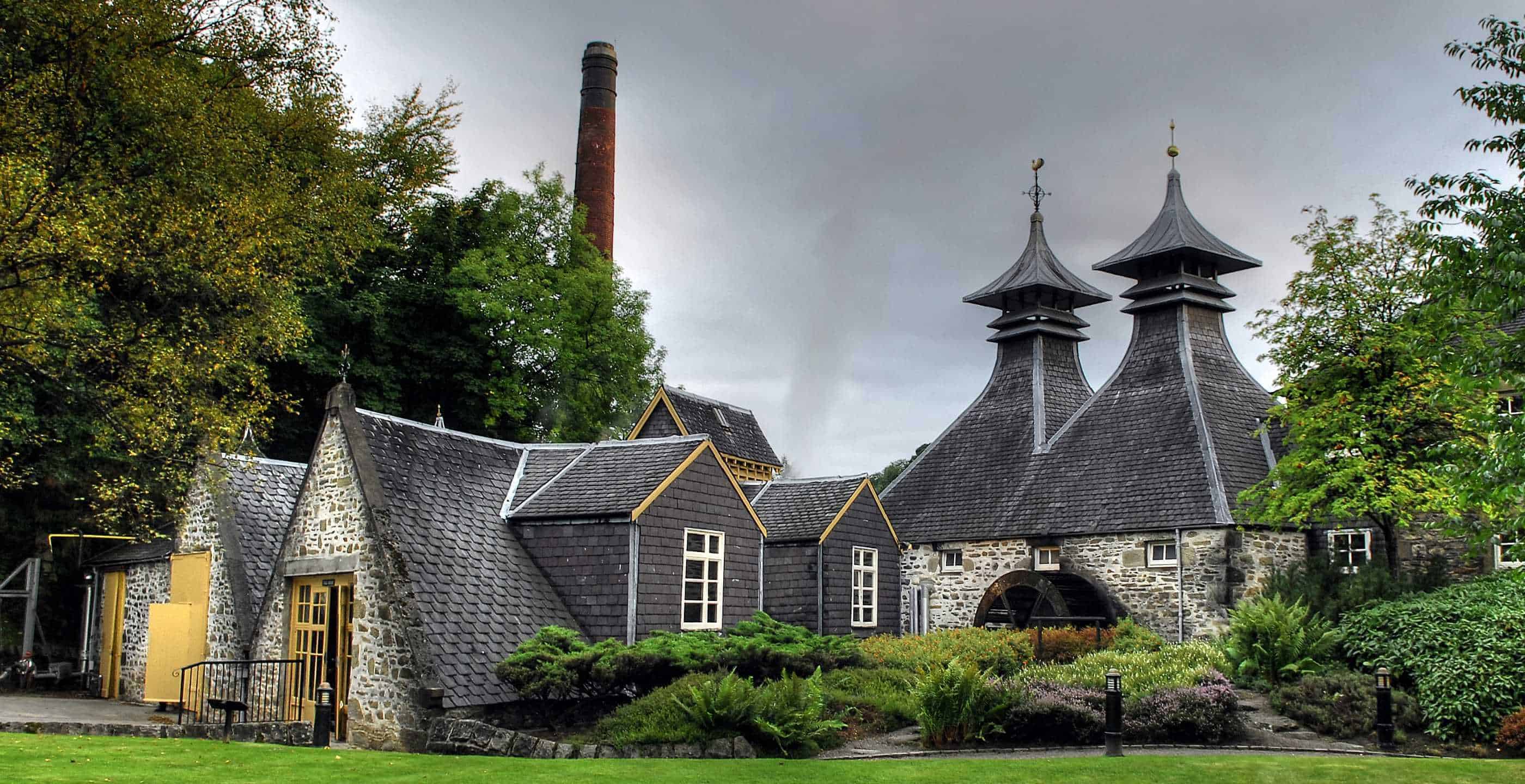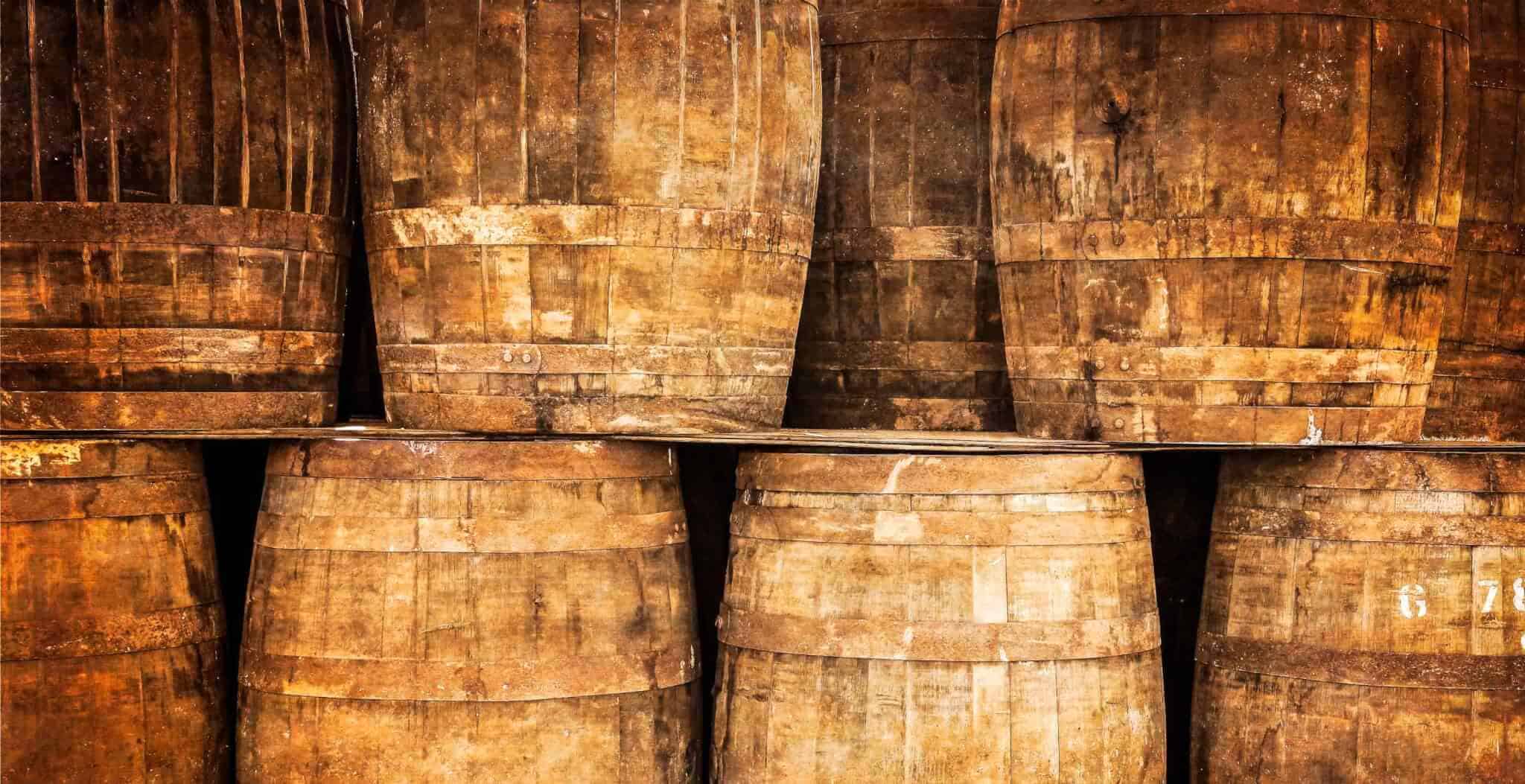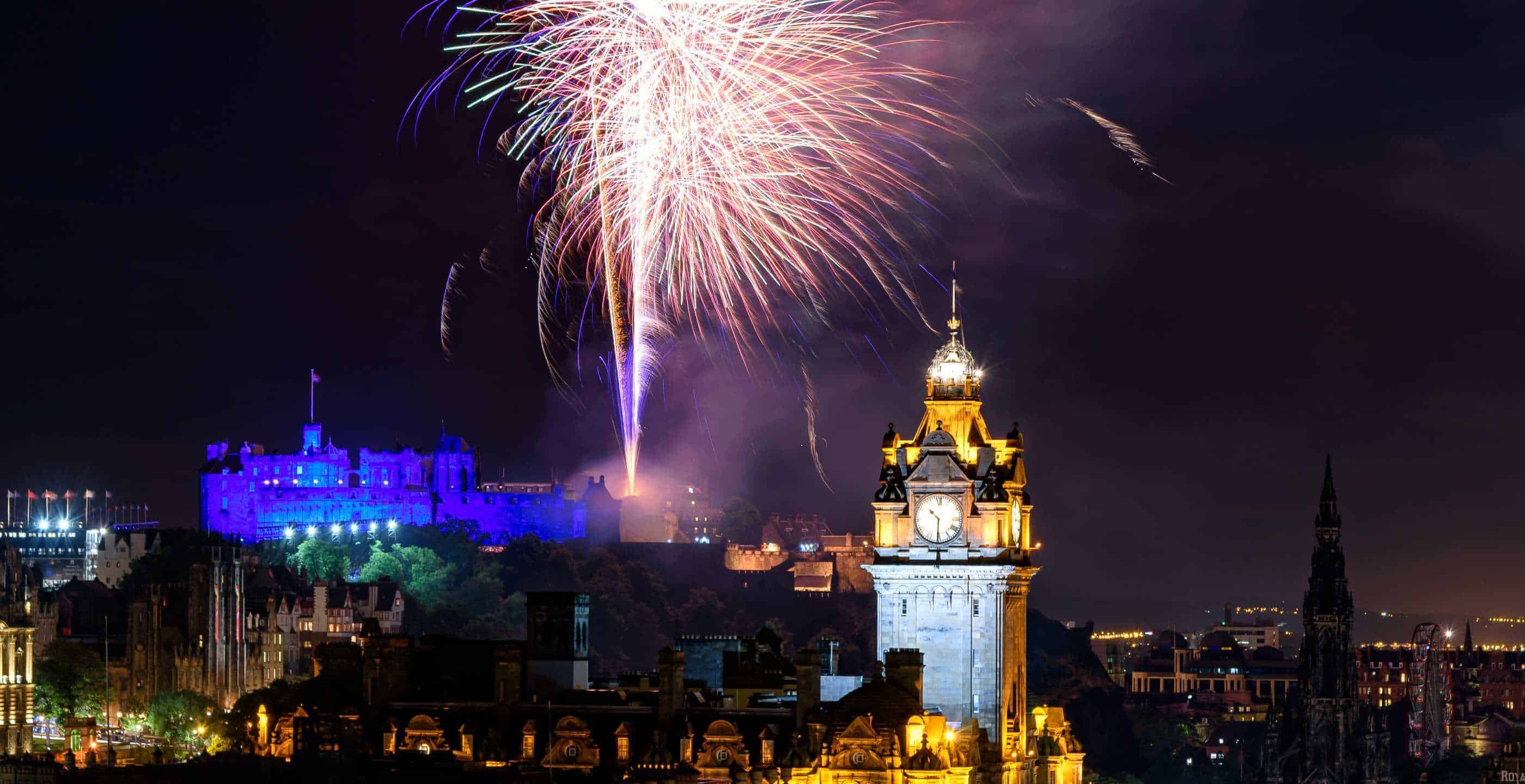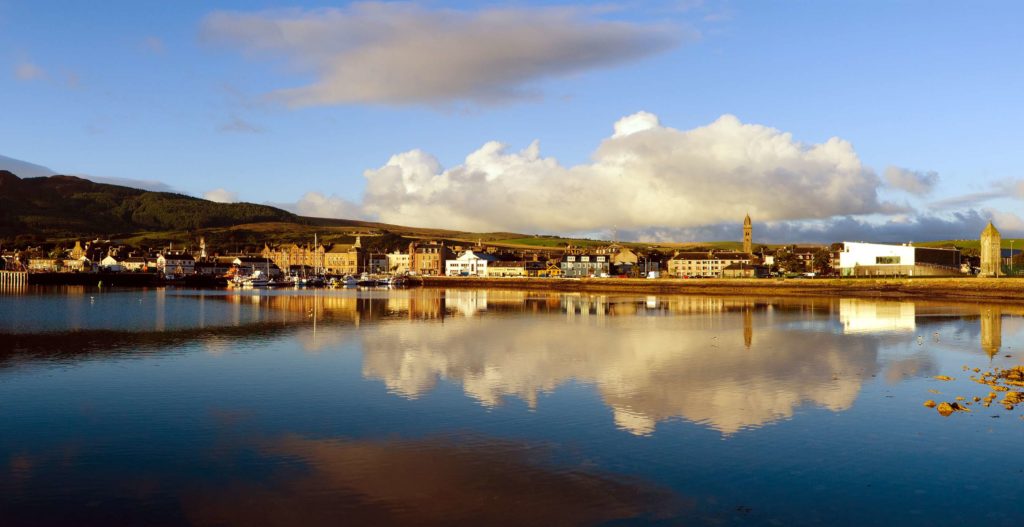The phrase ‘getting steaming’ meaning ‘getting drunk’ is well-known in Scottish vernacular and dropped into hungover conversation the world over. But why is the word ‘steaming’ associated with being inebriated? What on earth has steam got to do with alcohol?
As it turns out, quite a bit. It is a widely held belief that this phrase originates from Glasgow in the mid 19th century. Scottish culture is inextricably linked to the enjoyment of alcohol. In fact, Scots are often thought of as a hard-drinking, jolly lot. This reputation is well founded. Whether drinking whisky from a Quaich at a wedding or toasting ‘The King over the Water’ at a Burns supper, alcohol is deeply embedded into Scottish cultural consciousness. The national drink is, of course, whisky, which in Gaelic is ‘Uisge Beatha’. This translates into English as ‘water of life’. That’s a pretty clear indication of the affection that Scots have for the stuff.

In addition, the first time ‘being drunk’ was actually recorded as an official offense in Scotland was as early as 1436. By the 1830s in Edinburgh and Glasgow, there were 130 people to each pub and alcohol could be sold to anyone at any age at any time of the day! By the 1850s it is estimated that there were around 2,300 pubs in the whole of Scotland, still a pretty impressive number, especially considering that in 1851 the population of Scotland was under 3 million, with only 32% of the population living in towns of 10,000 people or more.
Clearly the prevalence of alcohol in Scotland at the time is an important factor in where ‘getting steaming’ originates. But that is only half of the story, as whenever there are people enjoying themselves, almost inevitably you have others who are determined that they should not. In this case those people were the Temperance Movement. This movement was started by John Dunlop in Glasgow in 1829. Its followers were encouraged to take vows of abstinence from alcohol, particularly ‘ardent spirits’. By 1831 members of the Temperance Movement numbered around 44,000.
The lobbying of this movement is credited as being a contributing factor in the successful passage of the Forbes Mackenzie Act of 1853. In an attempt to curb people’s drinking habits, this act outlawed the opening of pubs after 11pm at night and banned the sale of alcohol in Scotland’s public houses on a Sunday. However, those Scots who enjoyed a wee libation or two at the weekend were not about to be told that they couldn’t have a drink on a Sunday and they managed to find a peculiar loophole. The prohibition applied to pubs, bars and restaurants, but not to hotels or those travelling on passenger boats that were considered to be ‘bona fide’ travellers.
After the Forbes Mackenzie Act was passed in 1853, paddle boat companies (mostly owned by railway companies at the time) would charge a small fee to take passengers down the Clyde to various destinations on the West Coast of Scotland such as Arran, Rothesay, Dunoon, Largs and Gourock, and would serve alcohol to these so-called travellers on the boats. Thus, getting around the law. Because alcohol was served on the vessels due to the legal loophole, the Temperance Movement could actually be credited with creating, somewhat ironically, the world’s first ‘booze cruise’.
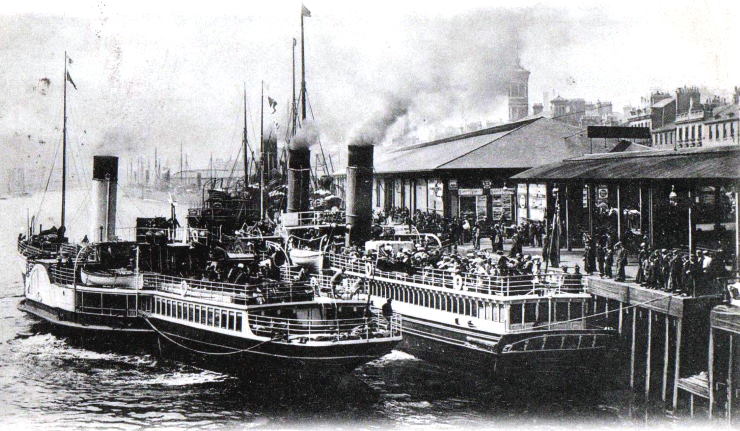
These social cruises were powered down the Clyde on steam powered paddle boats, which were known as paddle steamers or simply as steamers. Consequently, as passengers would get steadily more and more drunk on these ‘steamers’, the phrases ‘getting steamboats’, ‘steaming’ and ‘steaming drunk’ began to be used in common parlance to mean drunk. The paddle steamers may have fallen out of fashion today but the expression has not.
The paddle steamers were particularly widespread around the Clyde region and Glasgow in the 1850s, 60s and 70s. The first paddle boat was christened ‘The Comet’ and sailed from Port Glasgow to Greenock in 1812. By 1900 there were as many as 300 paddle boats on the River Clyde. In fact, as many as 20,000 people went down the Clyde on steam powered paddle boats during the Glasgow Fair of 1850. These boats became cultural icons and were celebrated as late as the 1950s, 60s and 70s, with families still taking advantage of getting out of the inner city and heading ‘doon the watter’ as it was known at the time.
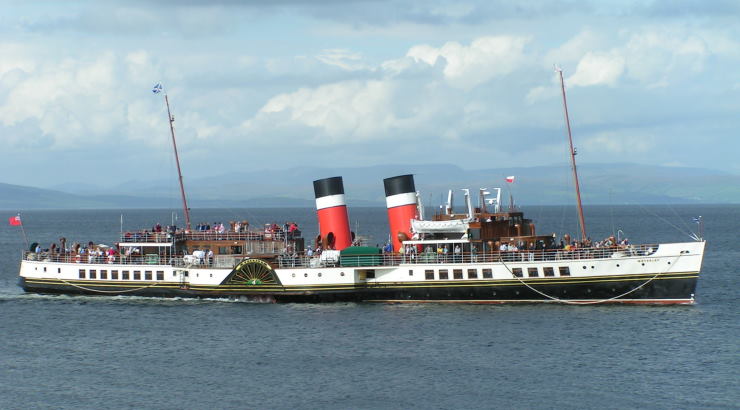
The paddle boats of Glasgow were actually the very first iteration of scheduled steamship travel in the whole of Europe. The very last of these paddle boats ever to be built in Glasgow for Clyde Services was called the PS Waverley, built in 1946. This is the last seafaring passenger-carrying paddle boat that still runs anywhere in the world today. You can take trips on this magnificent vessel even now, sailing down the Clyde and further afield around the UK, on the same routes that were taken over 150 years ago. The PS Waverley became so iconic that in the 1970s world renowned Scottish comedian Sir Billy Connolly actually filmed an advertising video on the Waverly where he sang the song of his own creation, ‘Clydescope’. He sings –
Unbelievably, this cultural gem is still available to watch on YouTube. It exemplifies the incredible affection that people still have for these vessels, and particularly, for the Waverley. There are many more examples of songs that immortalise the cultural zeitgeist surrounding the Scottish paddle steamers: the song ‘The Day We Went to Rothesay O’ also references the popular pastime. The popularity of such journeys soared through the decades, particularly when they had their slightly illicit purpose in the mid 19th century.
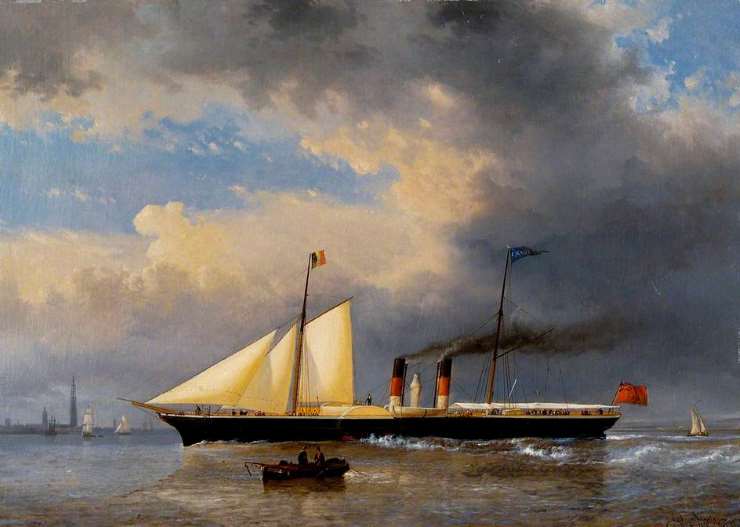
Something that further solidified the widespread adoption of these phrases about ‘getting steaming’ was also that the Glasgow paddle steamers were the most widely used form of transporting whisky around the country at the time. The steamers would come down from Glasgow to places like Campbeltown, which was actually referred to as Whiskyopolis as it produced so much whisky at the time. There were so many people coming down to sample, and indeed buy whisky, that the Scottish phrase getting ‘steaming’, was also used for people travelling back to Glasgow on the steamers after imbibing enormous quantities of the local nectar from the distilleries up and down the West coast of Scotland.
Unfortunately, the convivial imbibing of ‘the water of life’ on Scottish waters only lasted for three decades, because the 1882 Passenger Vehicles Licences Act of Scotland closed the loophole and no more were people allowed to get steaming on steamboats on Sundays. However, that did not stop the phrase from becoming so commonly accepted that it is in use even now. Or the fact that you can still go and get ‘steaming’ on the PS Waverley today, should the mood take you. Slainte!
By Terry MacEwen, Freelance Writer
P.S. The phrase ‘getting steaming’ is not strictly limited to the Scottish vernacular, thirsty South Welsh miners and steel workers would also hop onto a paddle steamers on dry Sundays and head over the Severn Estuary to the seaside town of Minehead to sample some of that fine Somerset cider.
